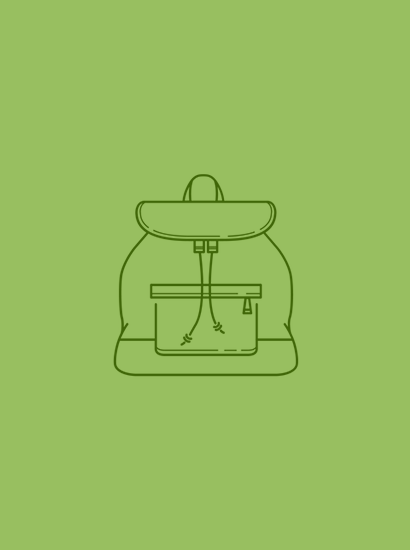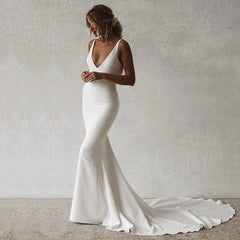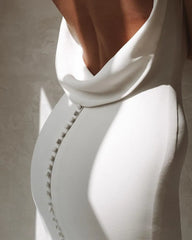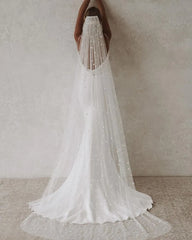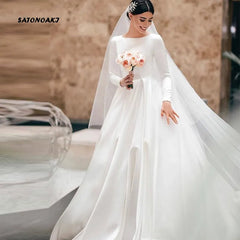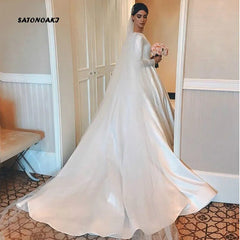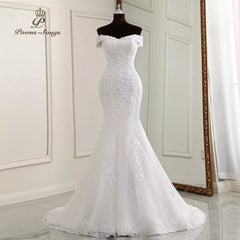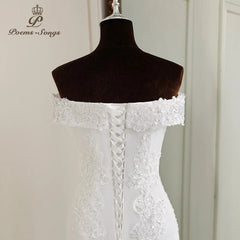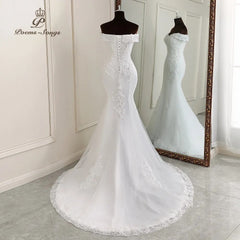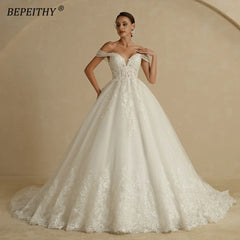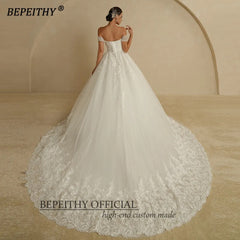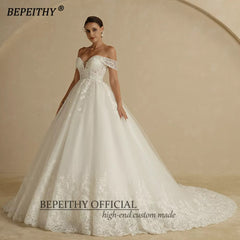A Guide to Organizing Your Wedding Seating Arrangements
November 21, 2023
Melody Mburu
Weddings are not just about celebrating the union of two people; it's a social gathering where families and friends come together to create new memories. One of the most critical aspects of any wedding is the seating arrangement. A good seating chart not only helps guests find their spots but also ensures a smooth flow of events. So, before you think of anything else, you need to get your seating chart in order.
Factors to Consider When Planning A Sitting Chart
Planning a wedding seating chart can be a daunting task, especially when you consider the number of guests attending. To ensure everyone has a comfortable and enjoyable experience, here are some factors to consider when planning your wedding seating arrangement. Firstly, the number of guests attending will be the biggest factor in deciding the type of seating arrangements.
If you have a large guest list, it may not be feasible to have separate tables for each family or group of friends. Instead, consider banquet-style or U-shaped seating arrangements. Accessibility is also an essential aspect to consider. Ensure there is enough room surrounding the tables for guests who may have mobility issues. Moreover, consider seating guests closer to the restrooms or exits. Feasibility is crucial, as well.
Create a layout that is practical and achievable. For instance, if you opt for a family-style seating arrangement, ensure there is enough space to lay out platters of food and drinks without damaging the seating arrangement. Separation of guests and families is another aspect to consider. Separate tables for the bride and groom's relatives can ease tension and ensure a more comfortable experience for everyone.
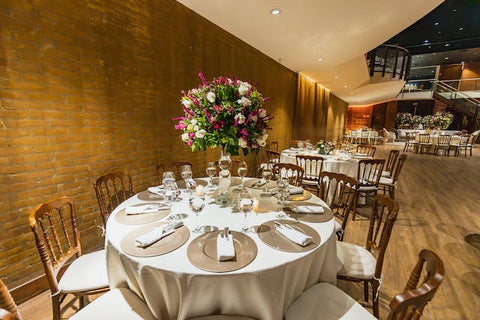
Guest preferences and special needs should also be considered. If you have vegetarian or vegan guests attending, ensure they're seated accordingly. Preparing ahead for guests with special needs such as those with allergies or hearing loss will make everyone feel valued and welcome. Remember to have fun while planning your wedding seating chart, and things will naturally fall into place. After all, it's your day, and you should enjoy it to the fullest with your loved ones.
Various Types of Wedding Sitting Arrangements
Wedding seating arrangements have become incredibly innovative in the last few years. The traditional round table setting is the popular option, but why not try something new? More and more couples are opting for long banquet-style tables, which add a touch of elegance to the wedding reception. For a smaller guest list, the U-shaped seating arrangement is perfect, as it adds a more intimate setting. Family-style seating is another option to consider, especially if you want to enhance the family vibe. And if you're after a more relaxed atmosphere, then the cocktail-style seating is perfect!
Seating Charts and Floor Plans
Seating Charts and Floor Plans The seating chart and floor plan are an integral part of the wedding preparation process. The seating chart helps to ensure that your guests feel comfortable and included, knowing they are sitting in the right place. It can also help with the overall flow of the reception and prevent any mishaps.
Nowadays, there are many tools available to create seating charts, making the process much easier. Some of these tools include paper charts, digital charts, and mobile apps. But, before getting started, there are a few things to consider when creating the perfect floor plan.
Firstly, consider the venue layout, including the number of tables, their sizes and shapes. Secondly, factor in whether there is a dance floor or any other entertainment. Thirdly, consider the logistics and accessibility for guests, especially those with special needs.
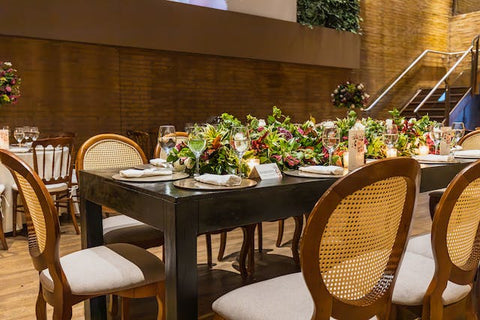
Lastly, keep in mind your guest preferences and any family dynamics that may need to be accommodated. To create the perfect floor plan, it's important to start by grouping guests based on their relationship to the couple, table size, and table positioning. It's always a good idea to have a clear idea of the seating arrangements before finalizing the chart. Additionally, it's helpful to include a legend to differentiate guests, like assigning different colours for each table or meal requirement.
Overall, keep in mind that seating charts and floor plans can be tedious but are essential for ensuring an enjoyable wedding experience for all guests. With the right tools and approach, you can make the process easier and create a memorable day that your guests will always remember.
Seating Chart Etiquette
Seating Chart Etiquette Organizing a seating chart can be daunting, but it doesn't have to be a headache. Here are some guidelines to ensure your seating chart is a breeze. For the bridal party, place them strategically near the head table. Parents and grandparents prefer tables closest to the couple. Seat guests with special needs near the exit and familiar faces.
For unfamiliar guests, seat them with others who share similar interests. Consider dietary restrictions when seating singles and couples. For children, create a designated child-friendly table with games and entertainment. Finally, anticipate last-minute changes and have a plan for divorced parents, same-sex couples, co-workers and those who don't get along.
Conclusion
Your wedding seating chart can make or break the atmosphere of your reception. A well-thought-out plan provides a smooth progression of events and brings harmony to your big day. On the other hand, an ill-planned seating arrangement can create confusion and disharmony among guests.
Therefore, it is important to invest time and effort in organizing the seating chart. To make it easier, consider factors such as accessibility, guest preferences, and family separations. You can also opt for different seating arrangements and use various tools to create floor plans. In conclusion, a good seating chart is a vital aspect of your wedding, and proper planning will make the process easier.




